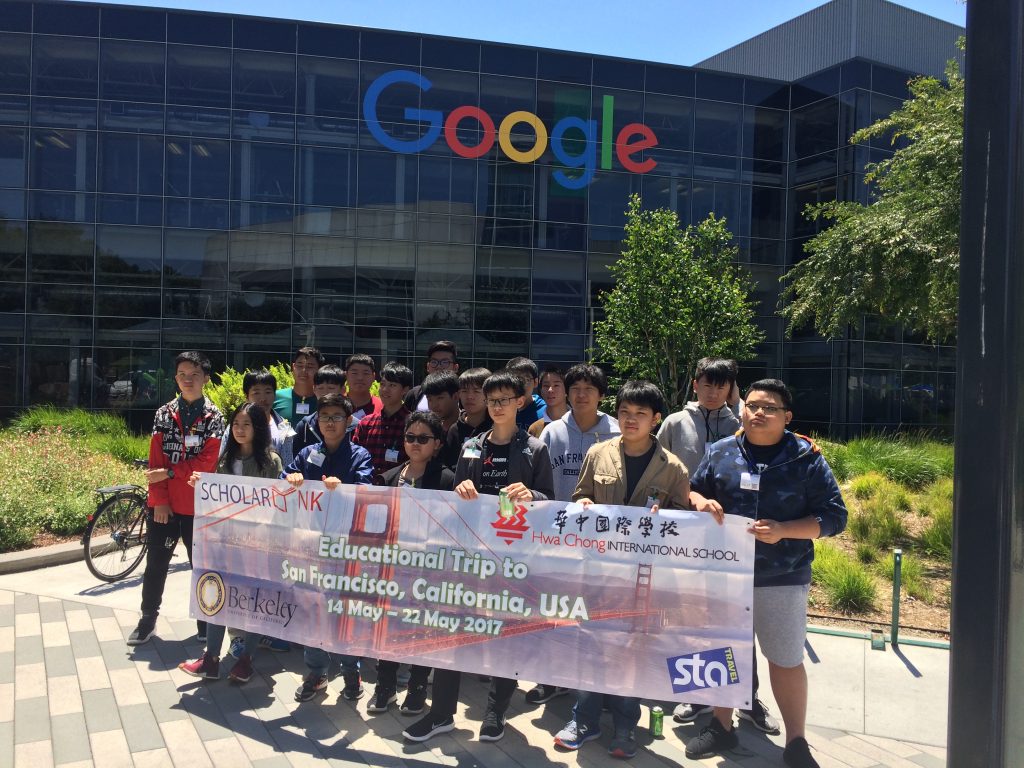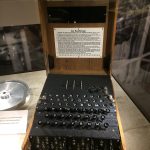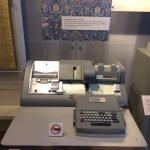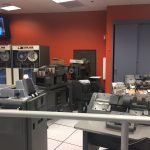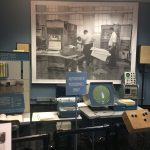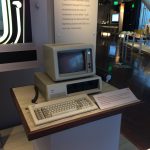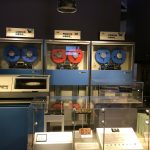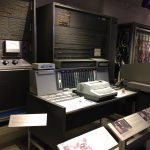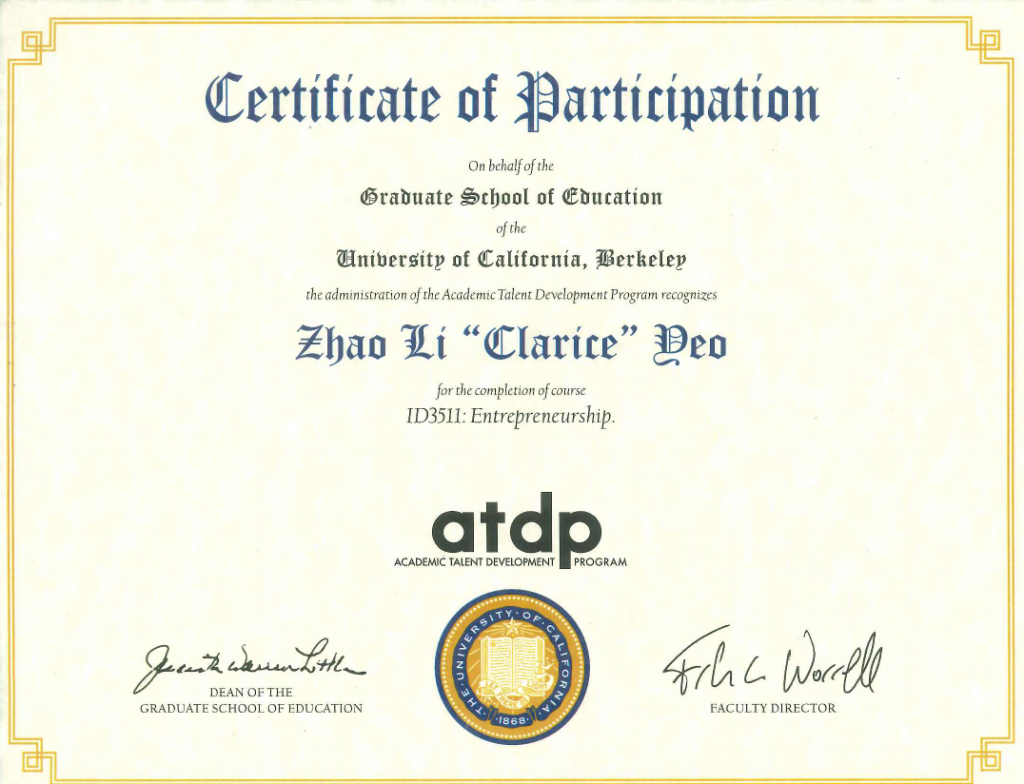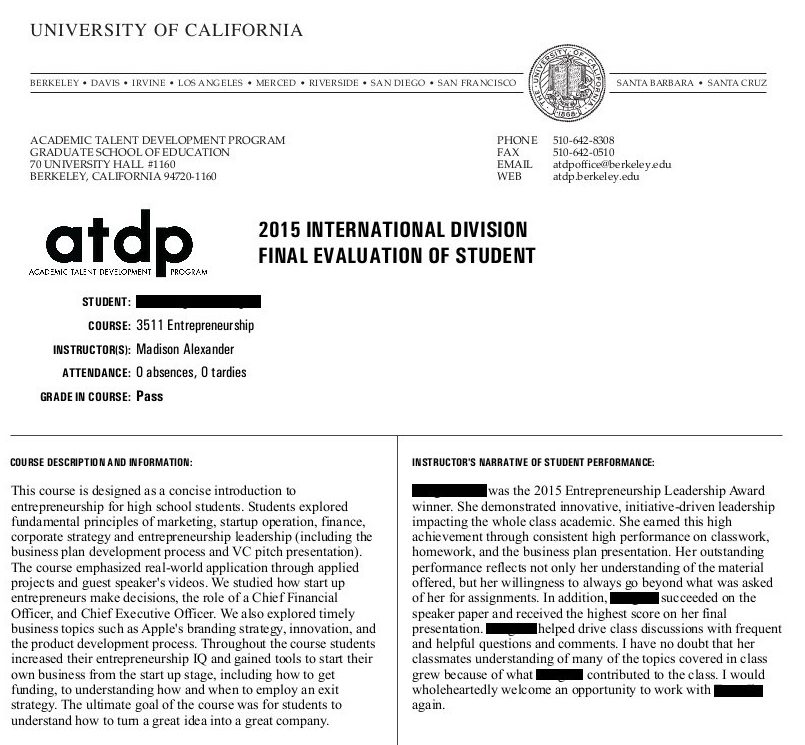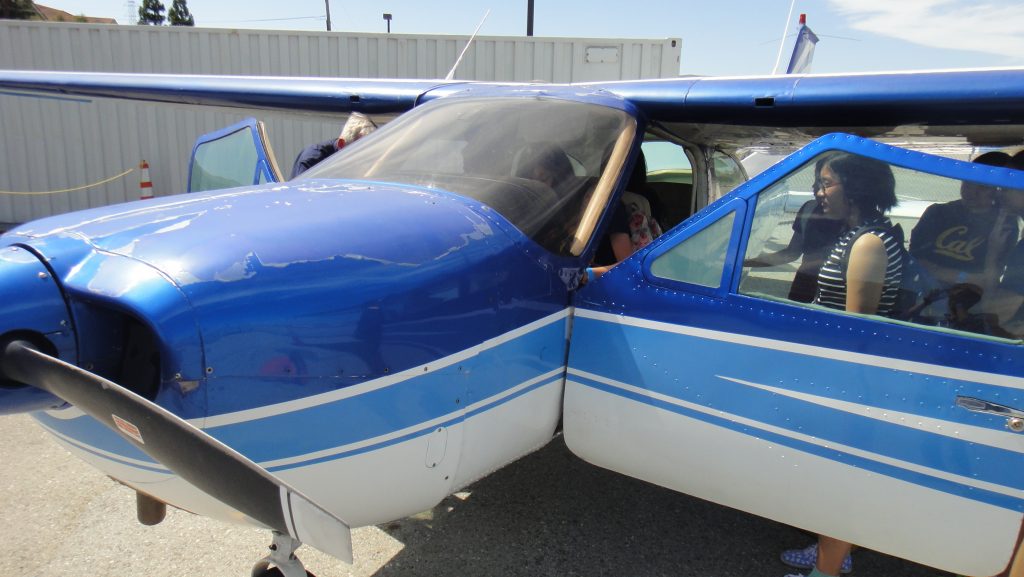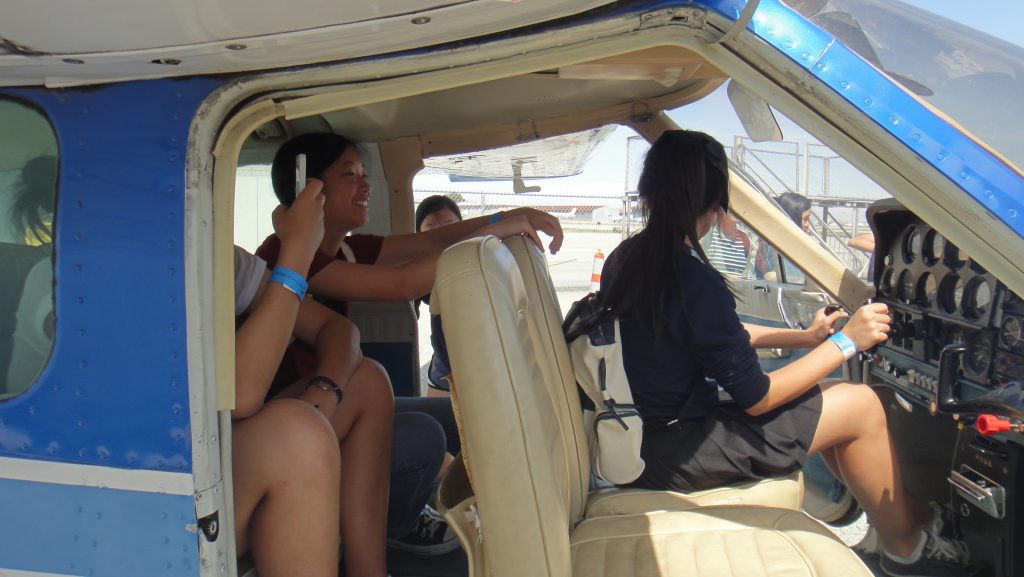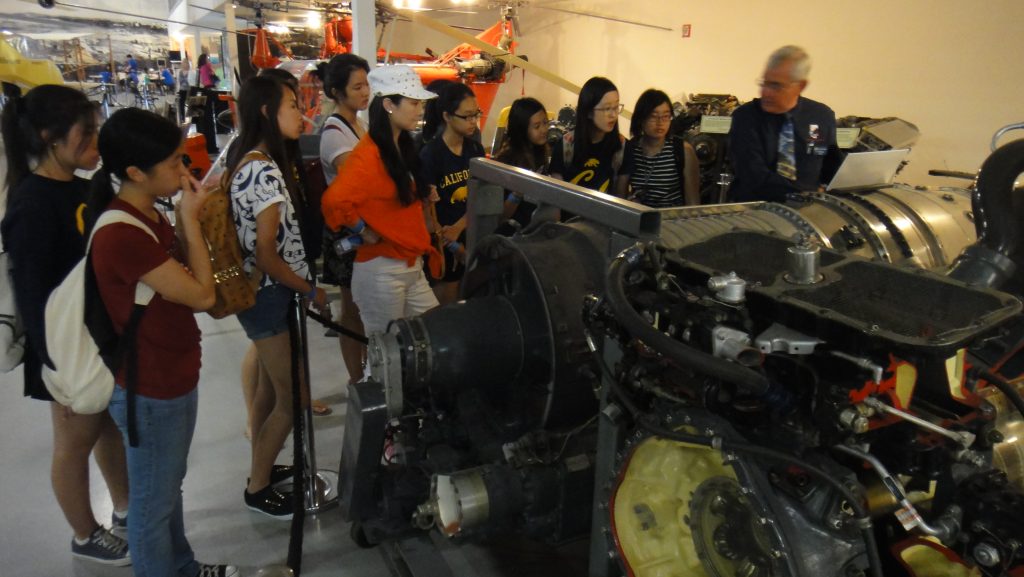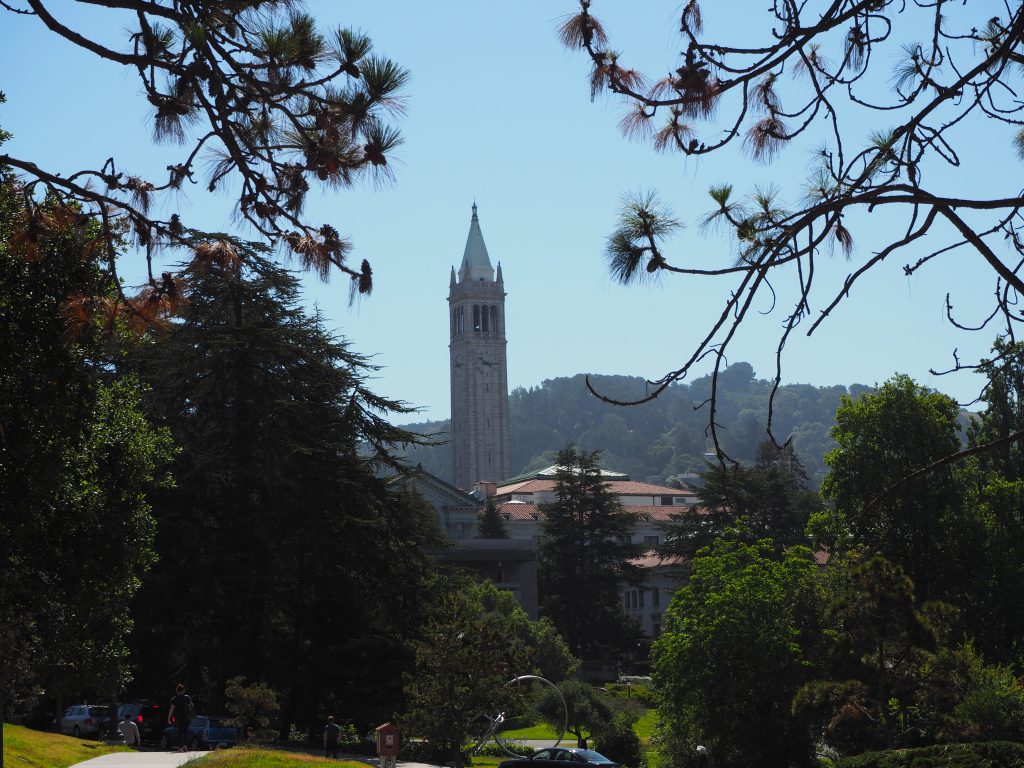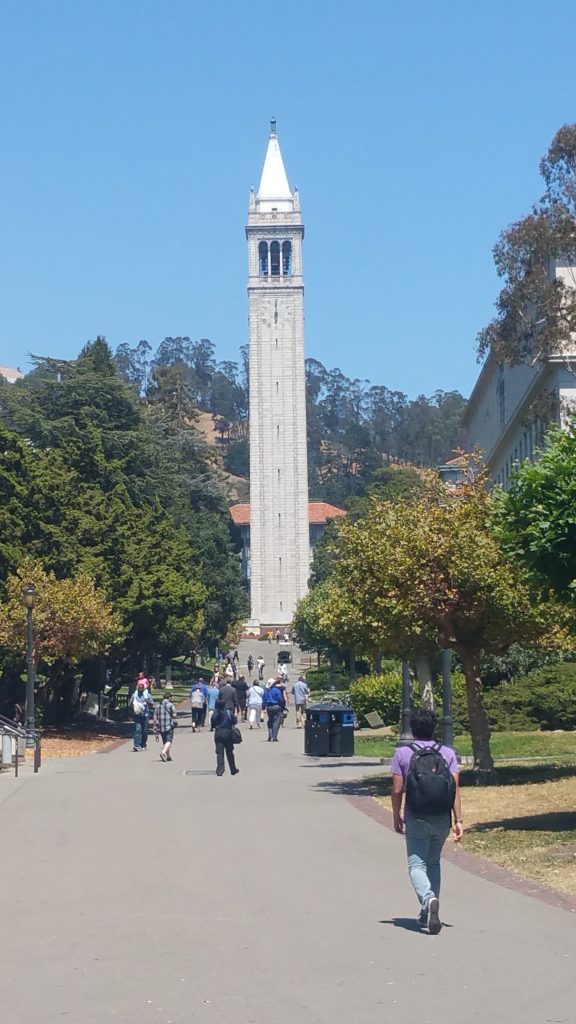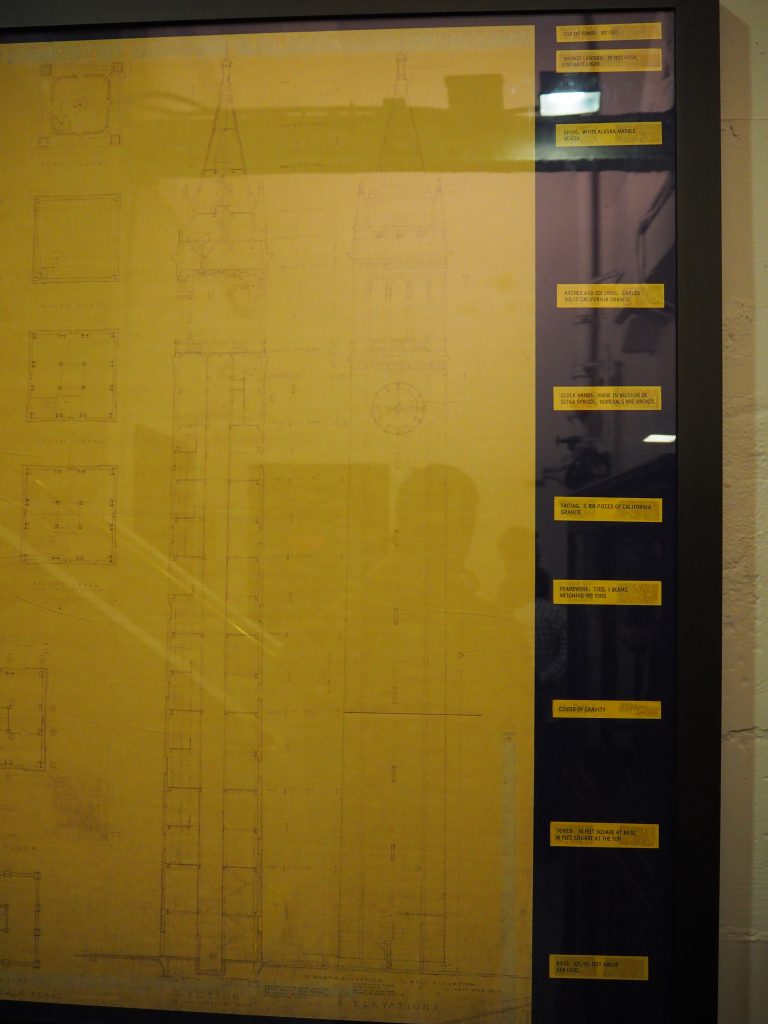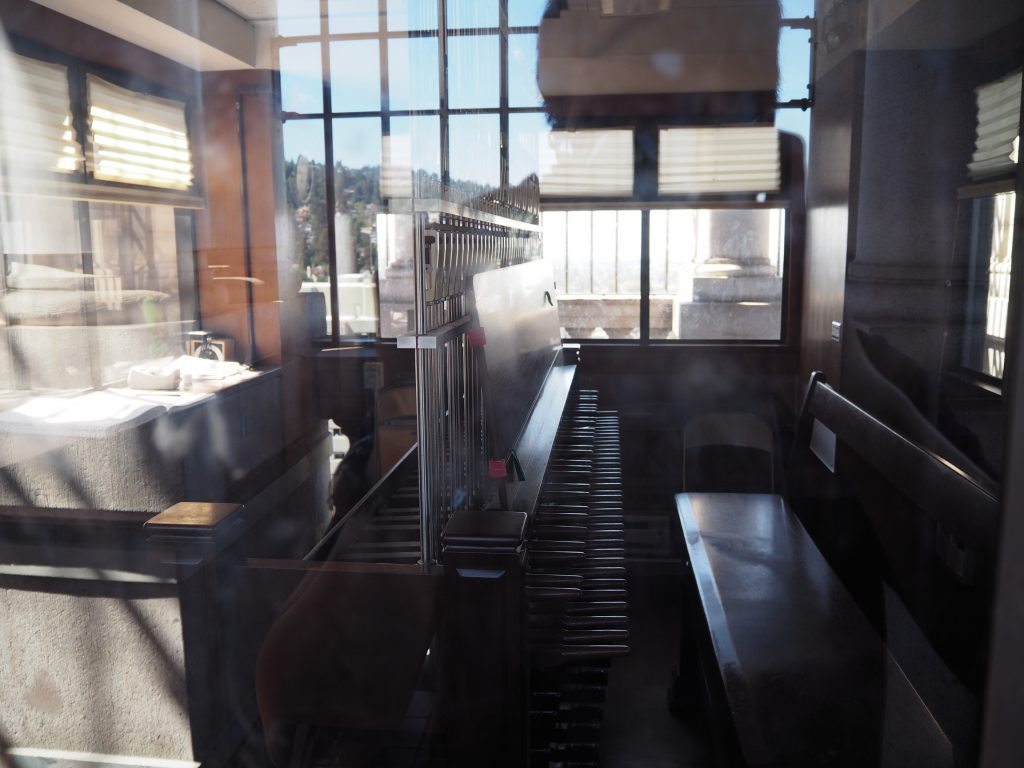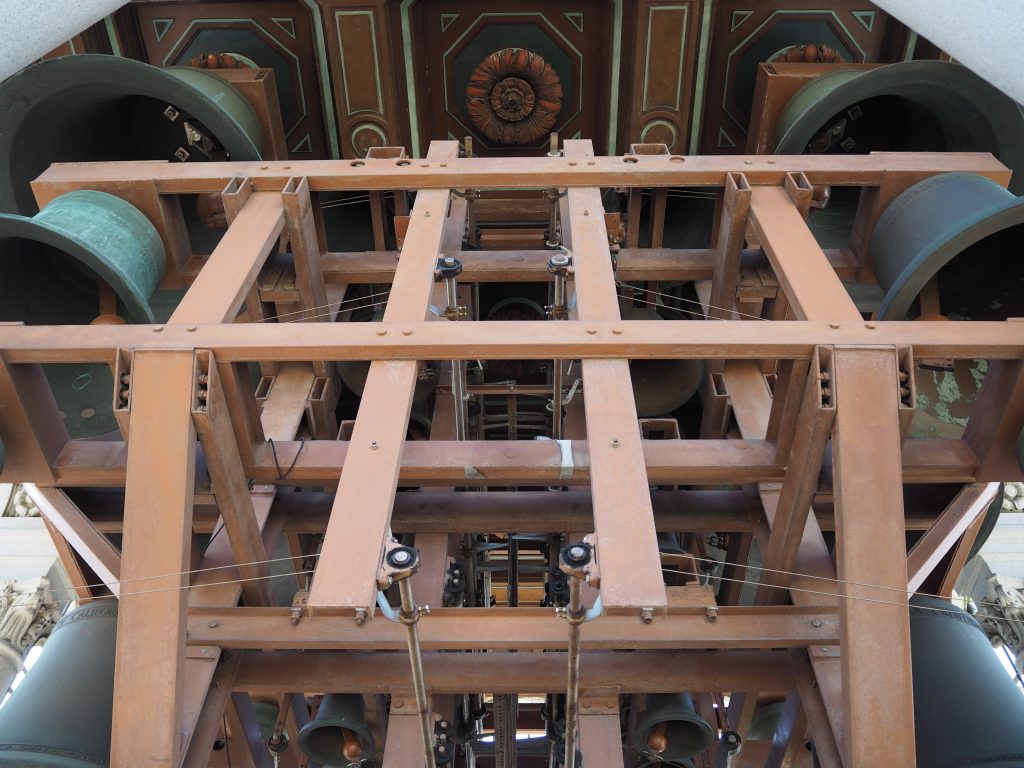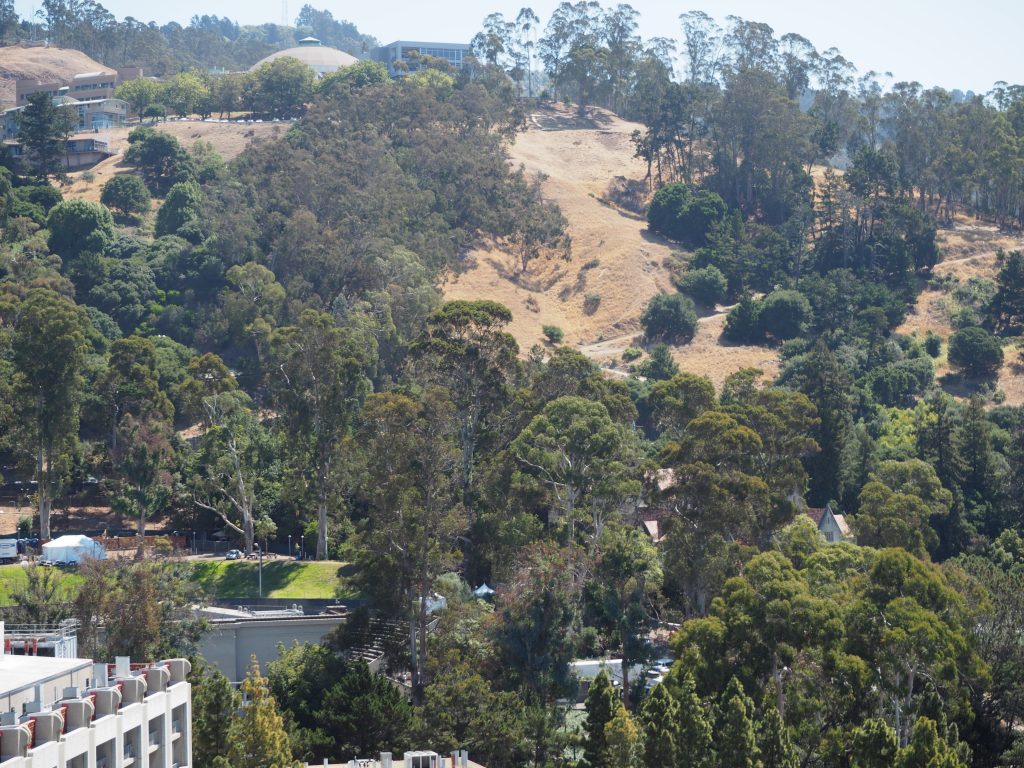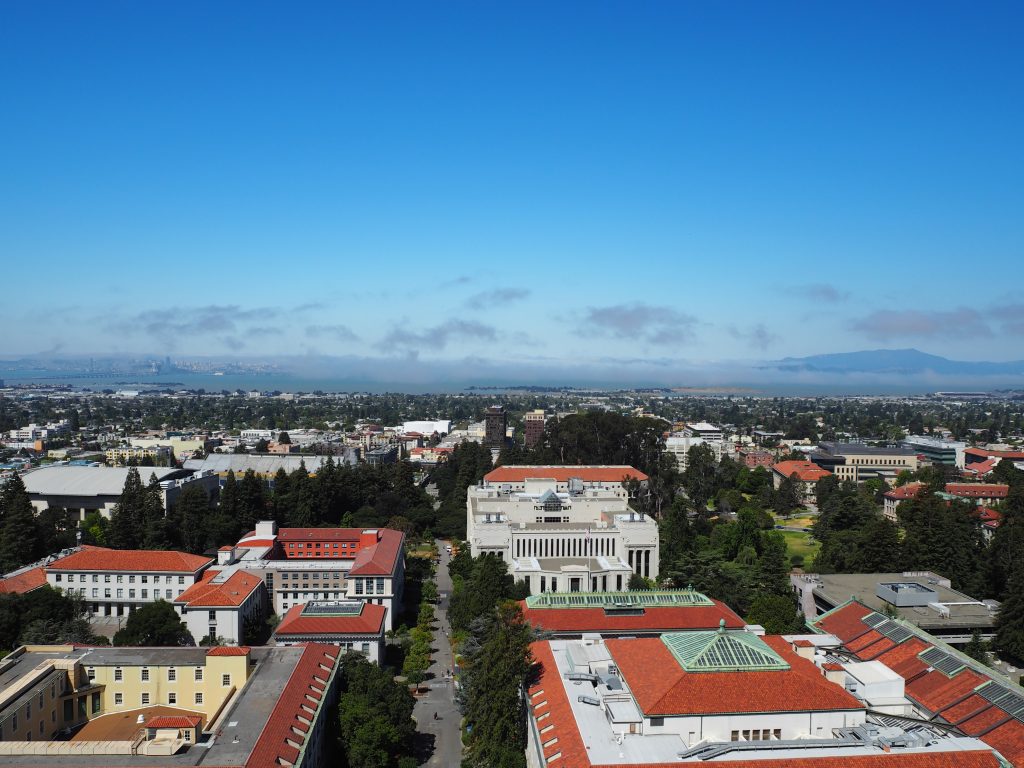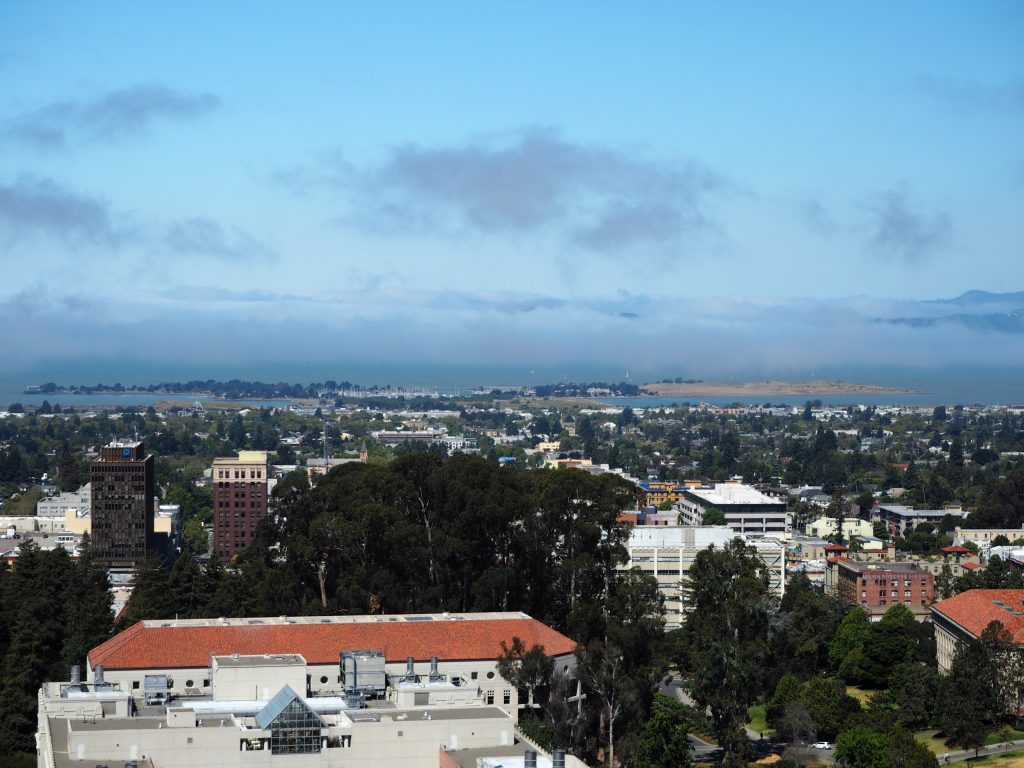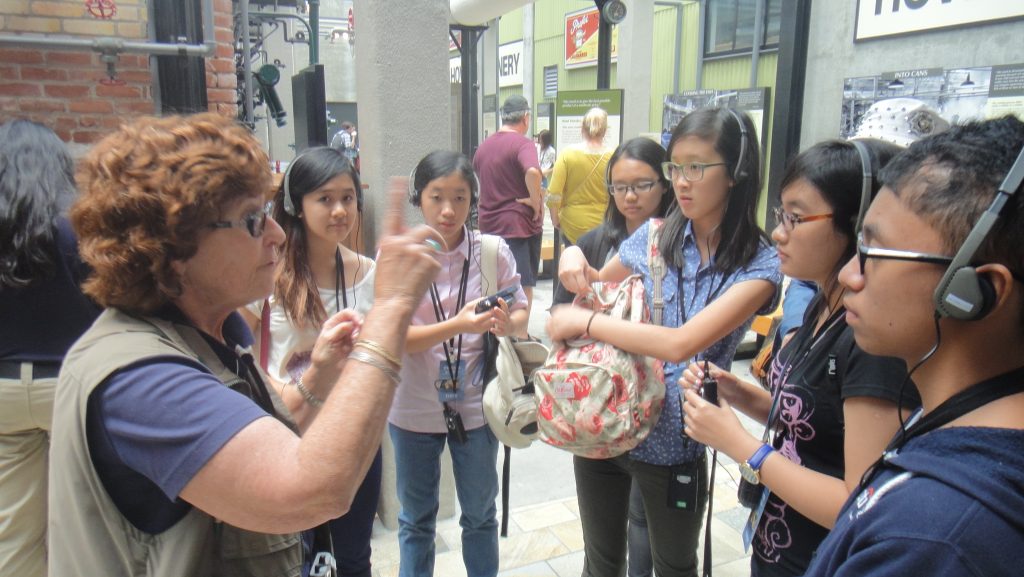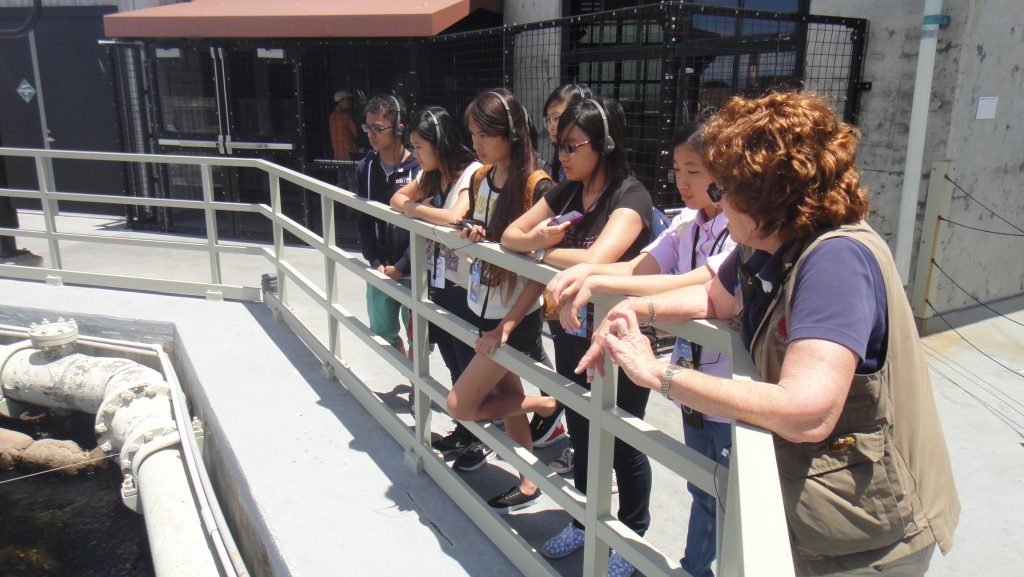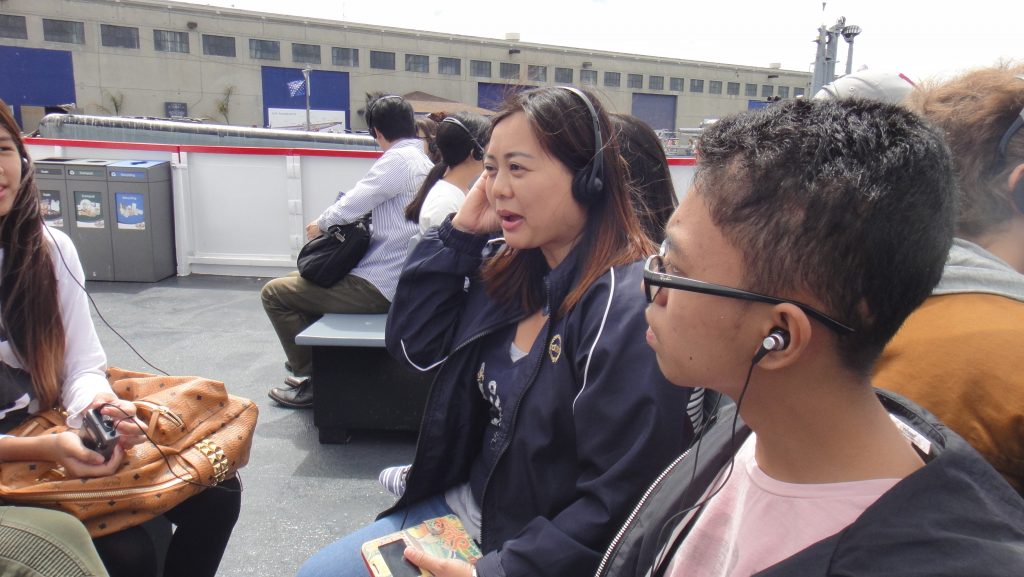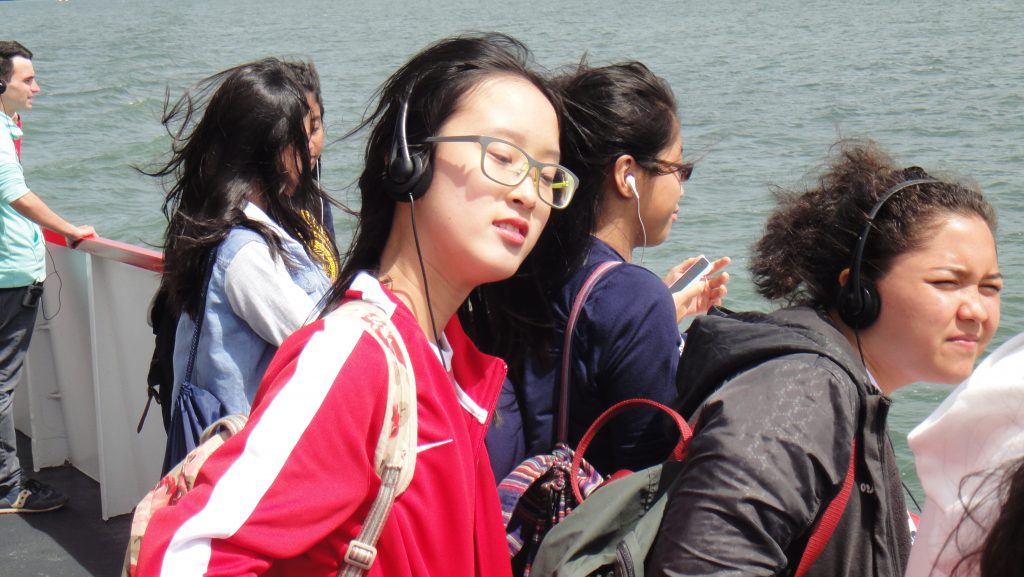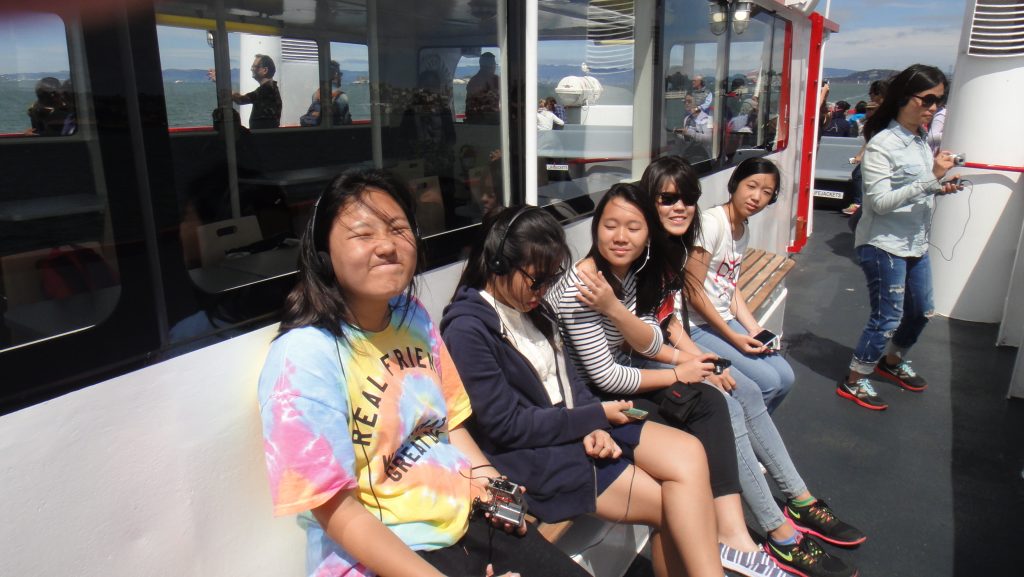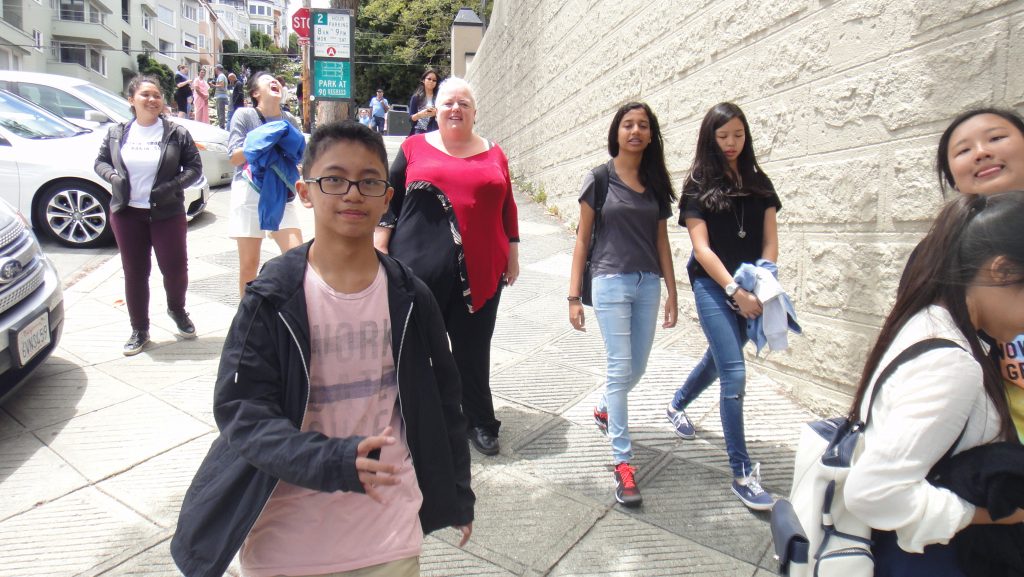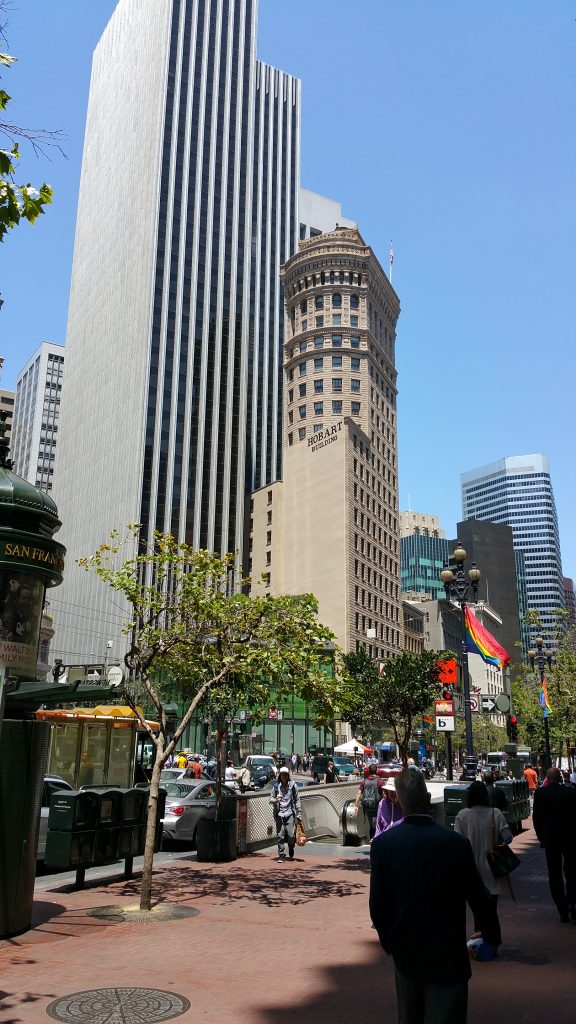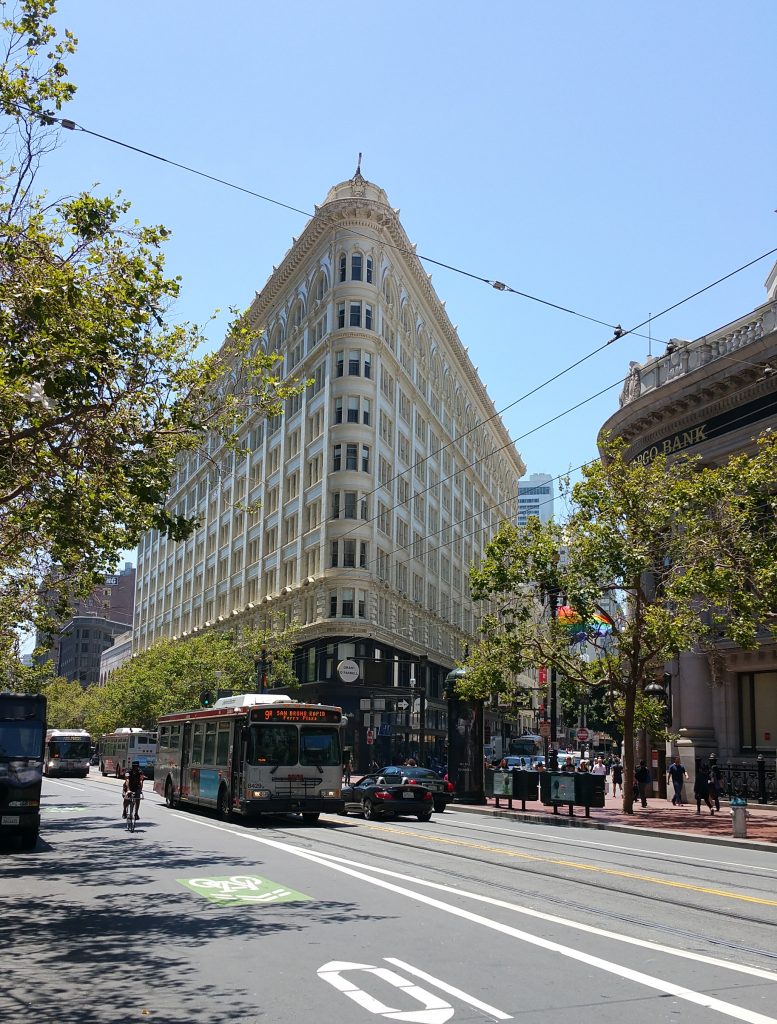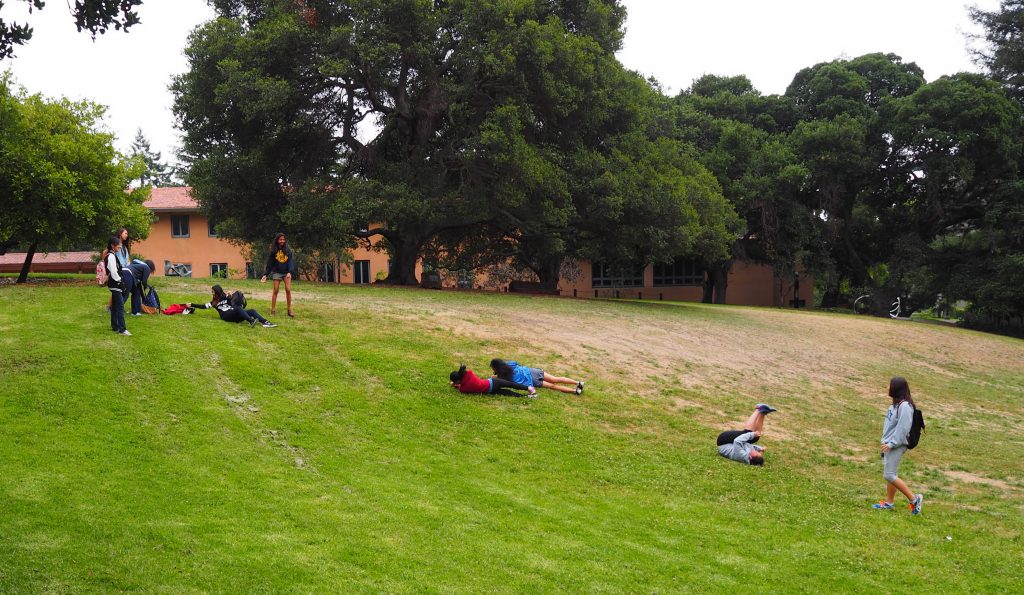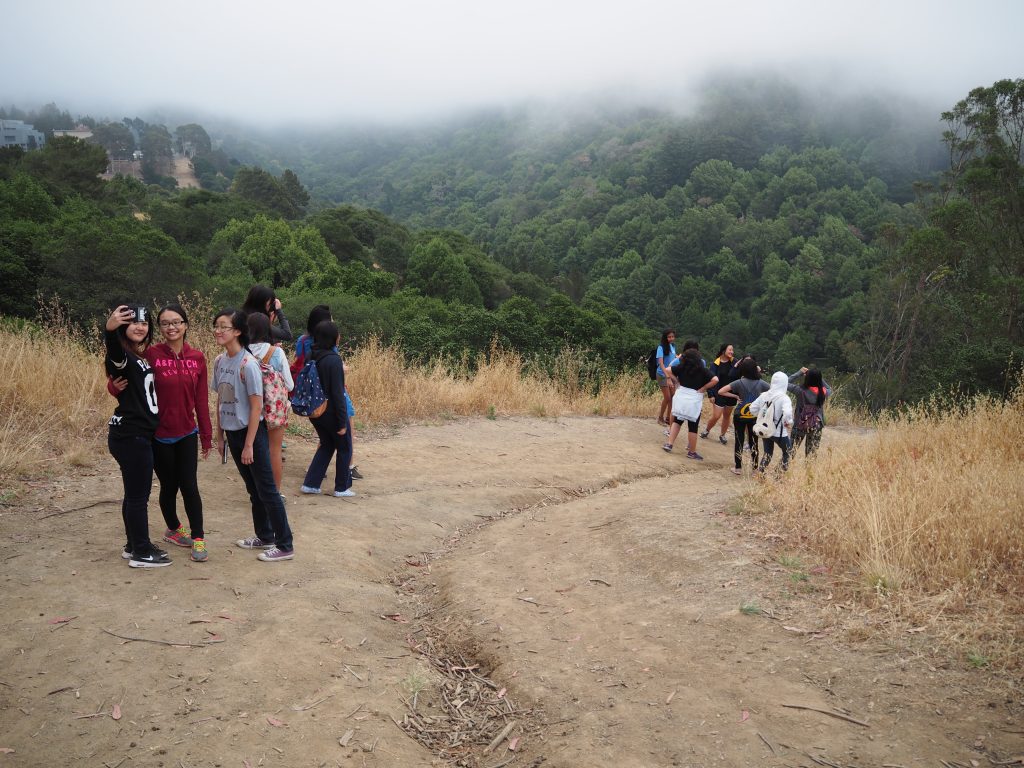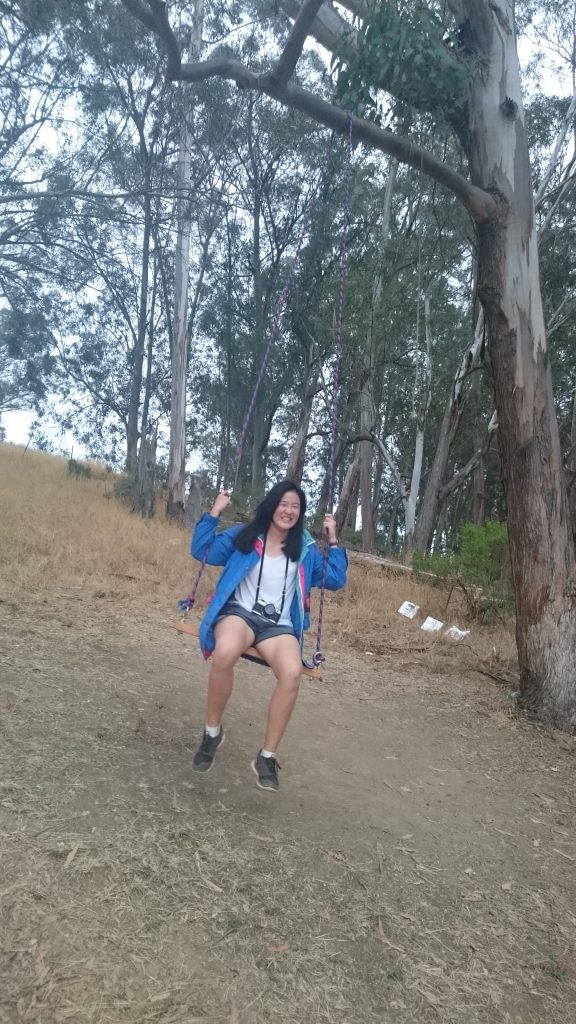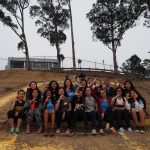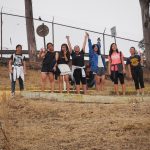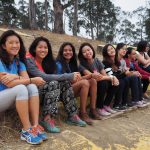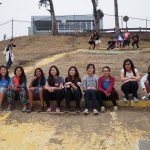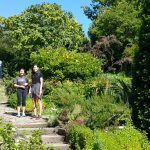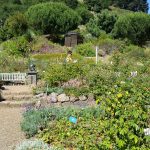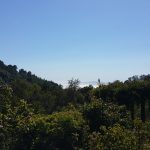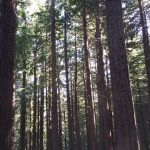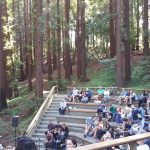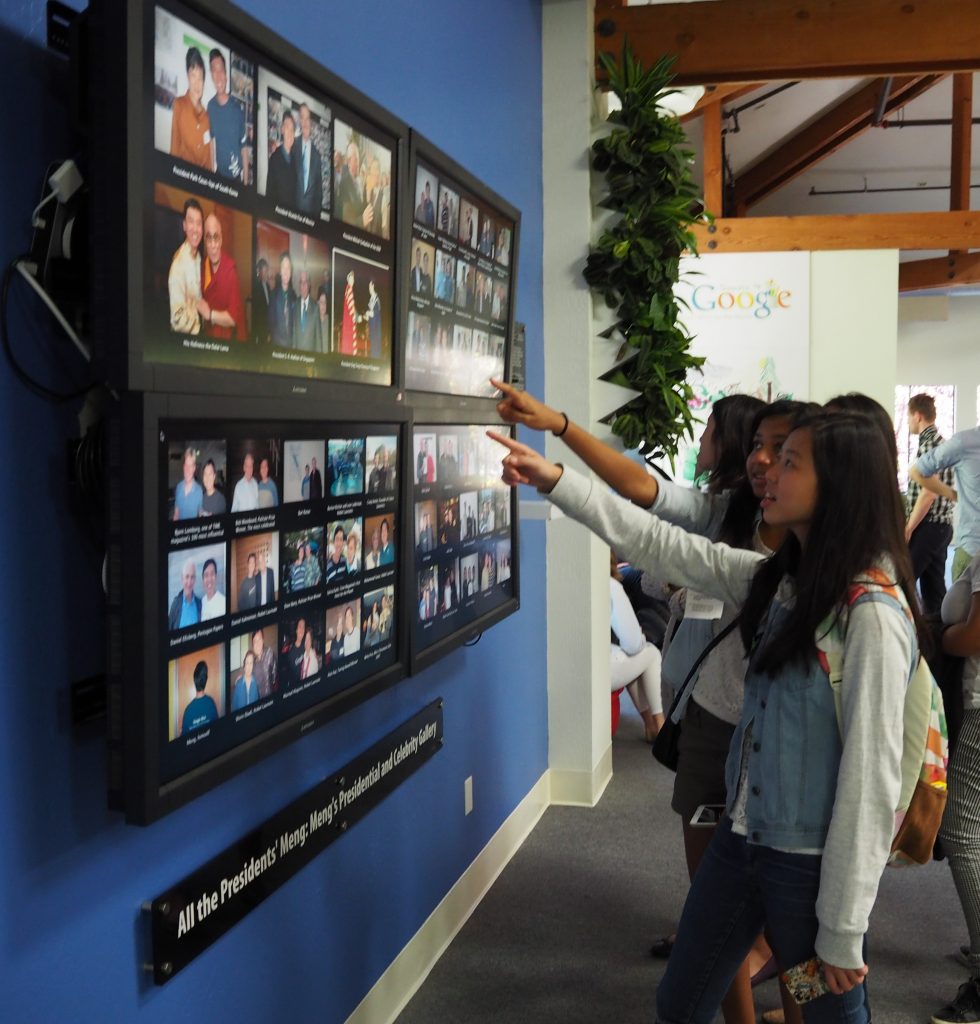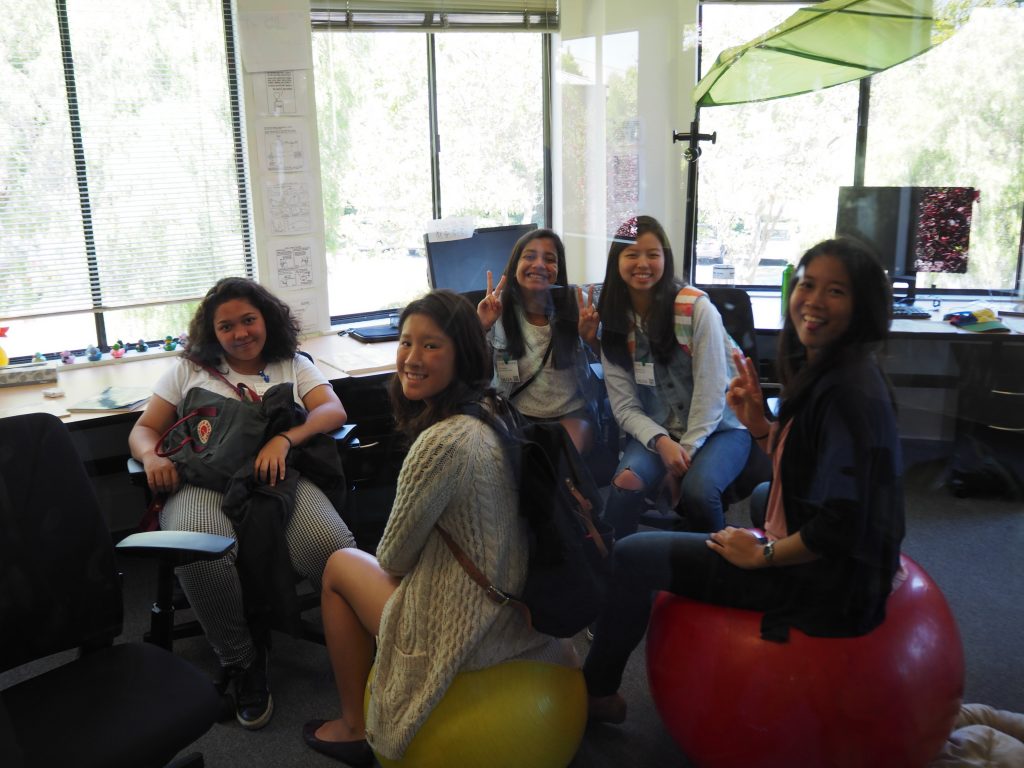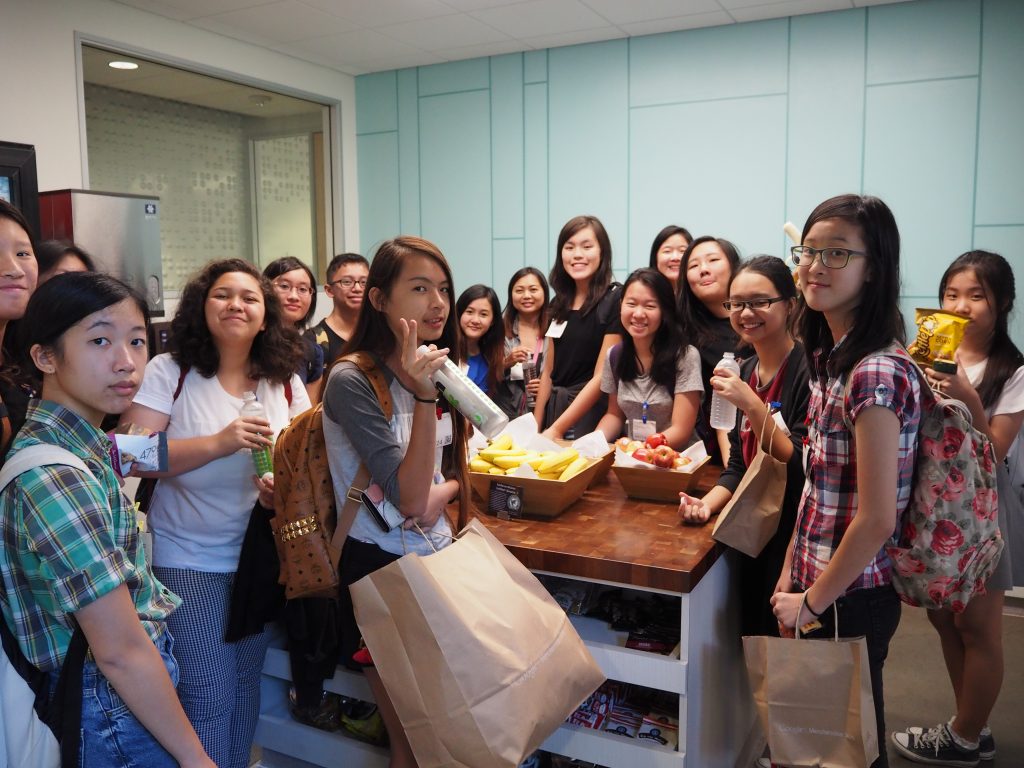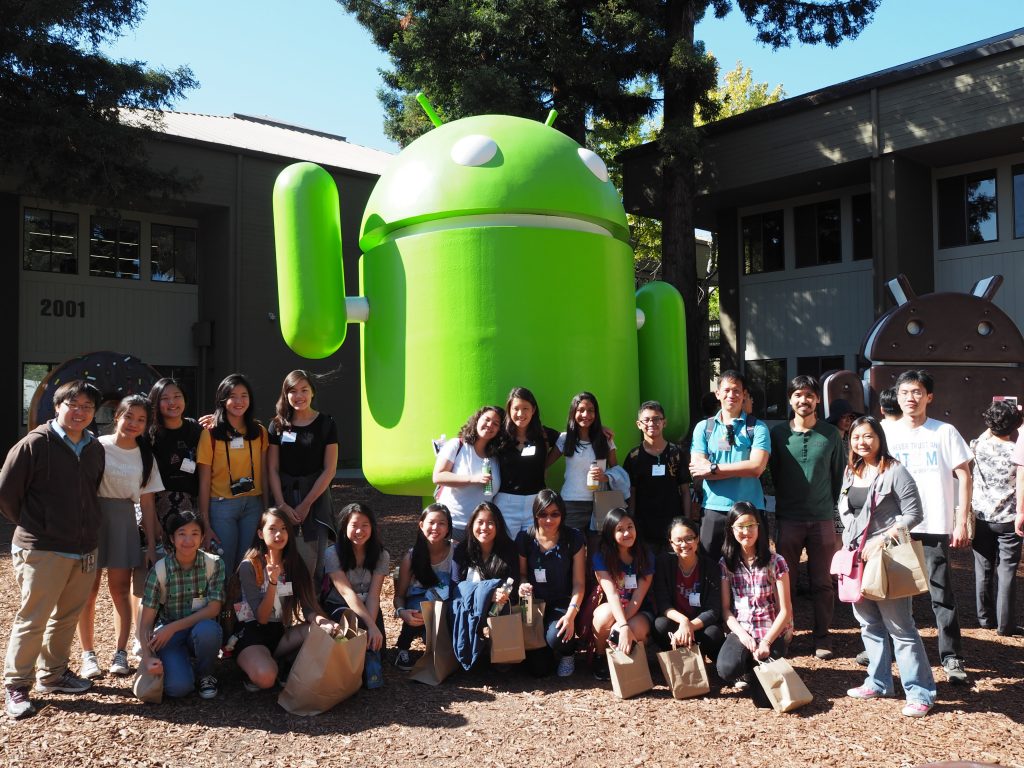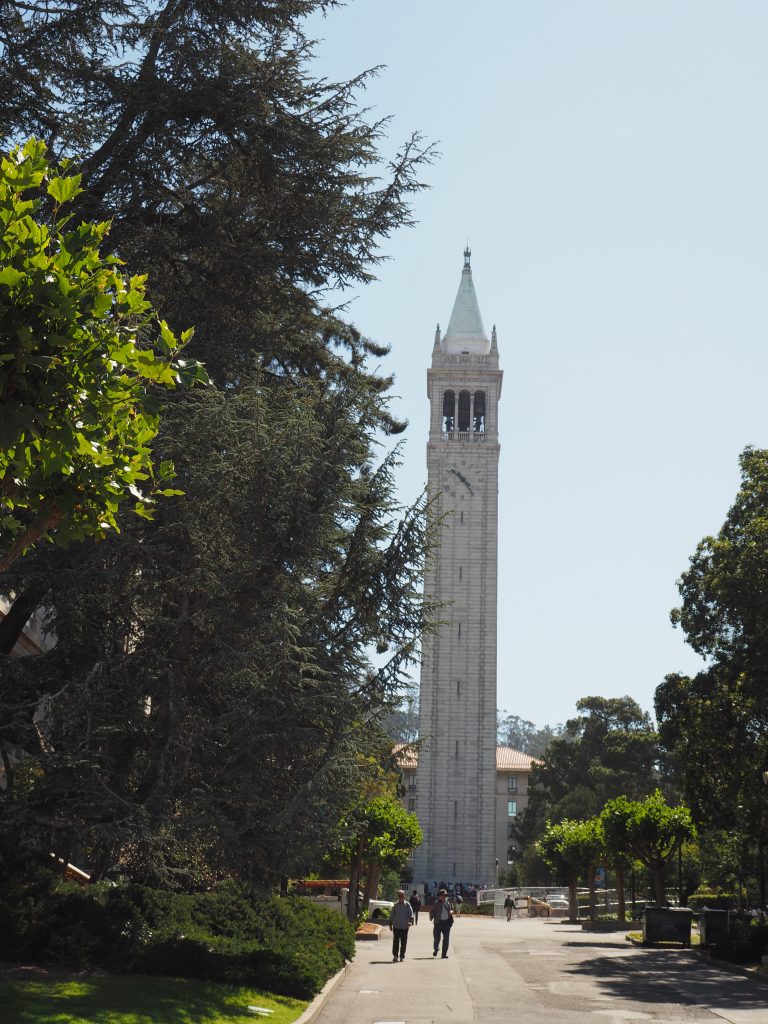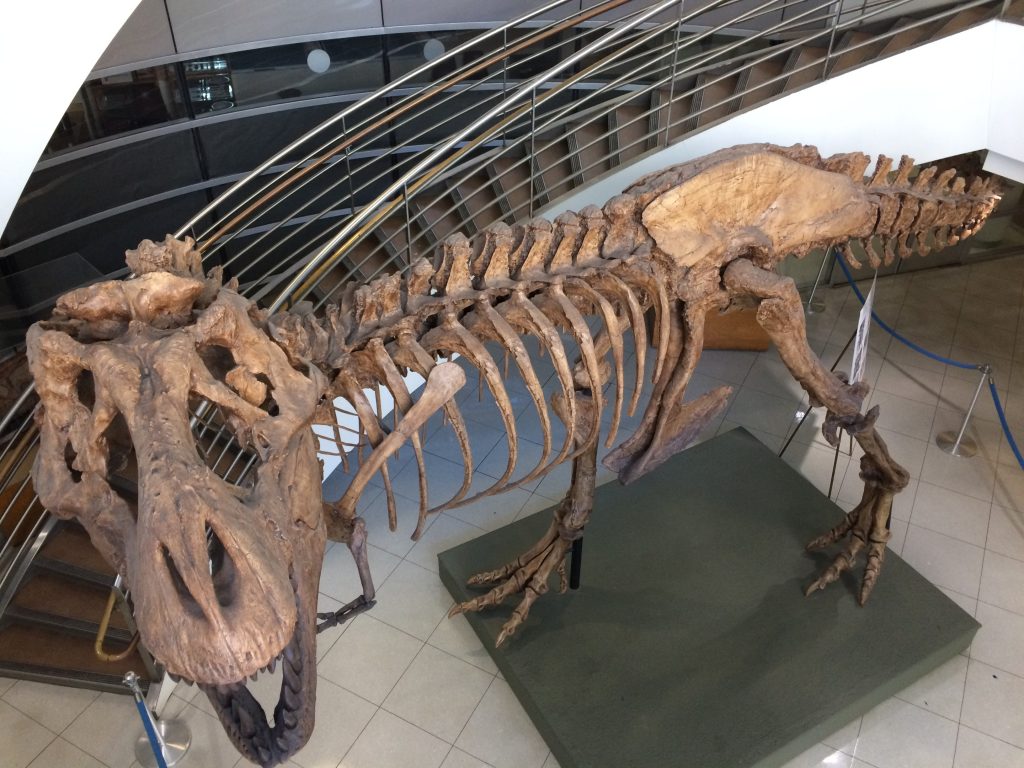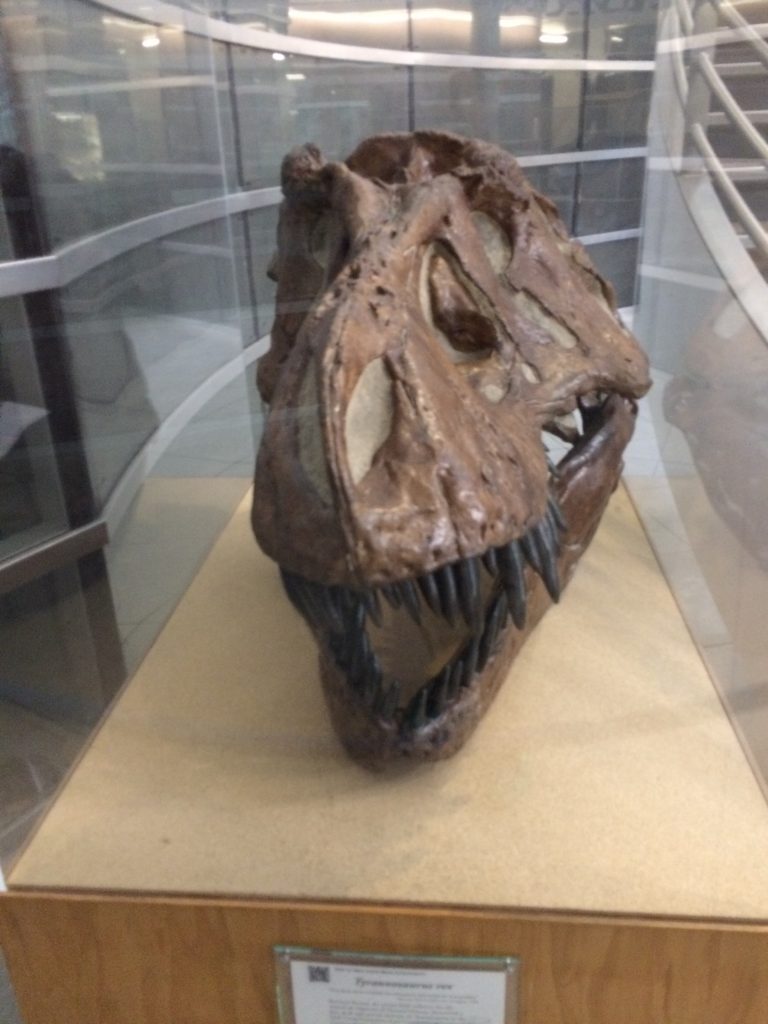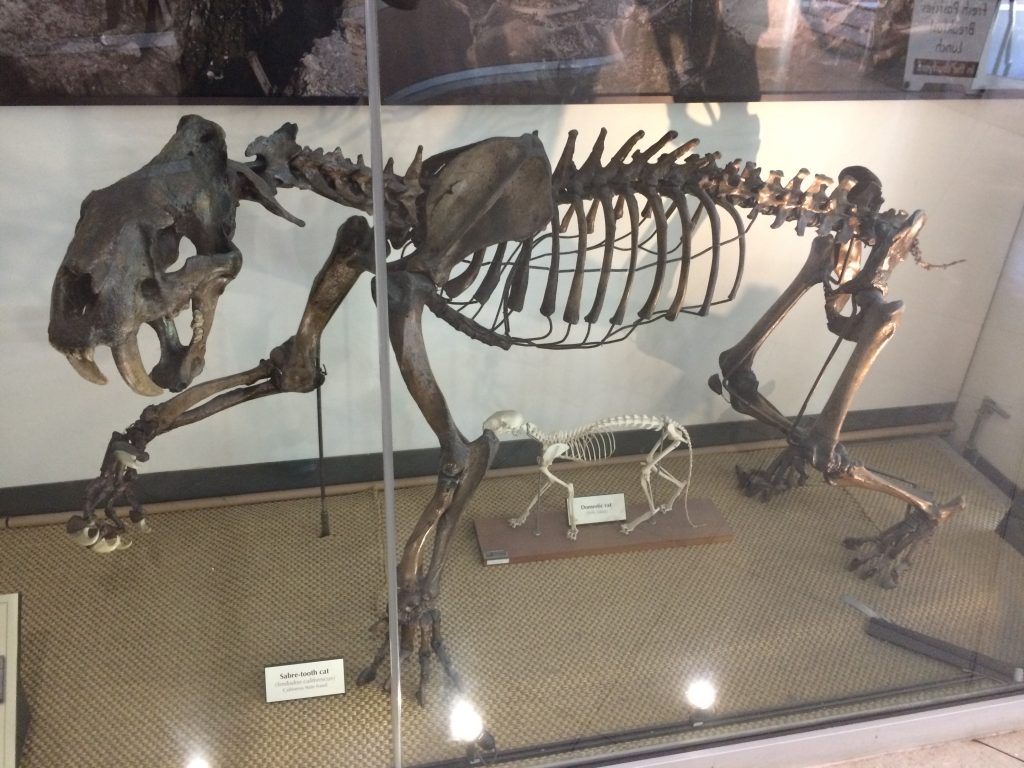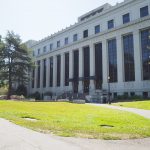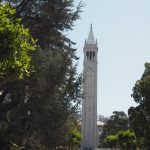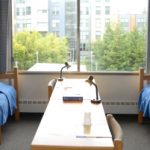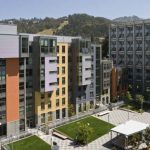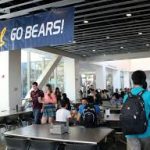With the students from Hwa Chong International School, we started the USA Summer Camp with a visit to Silicon Valley. When people think of Silicon Valley, they think high-tech and computers, so it was only fitting that we started with a visit to the Computer History Museum. The Computer History Museum is the world’s leading institution exploring the history of computing and its ongoing impact on society. The Museum is dedicated to the preservation and celebration of computer history and is home to the largest international collection of computing artifacts in the world.
For many of the students, their first interaction with the world of computers started with their laptops and smartphones, so seeing many of these early computers was quite an eye-opener for them. We saw examples of early mechanical computers, to those which functioned using magnetic tapes, right up to the age of silicon and all the way to early examples of supercomputers.
In addition to computers, we even got to see some modern implementations of computers, such as an example of a Waymo self-driving car:
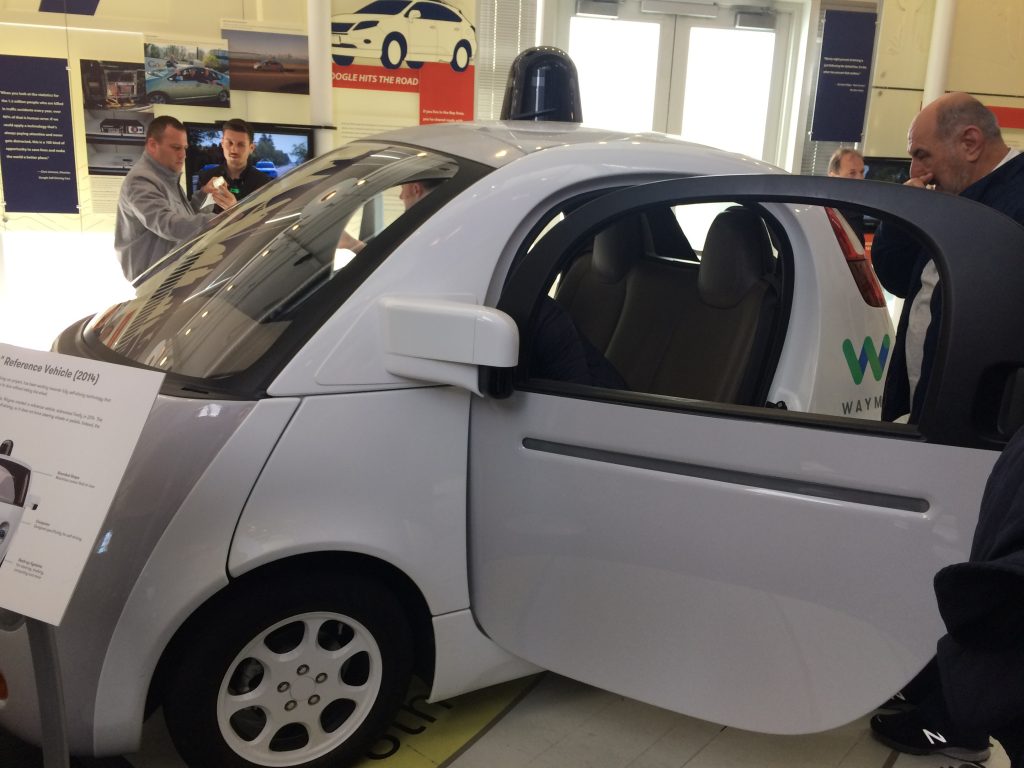
And if you thought that this place was like a normal museum that only features static displays, think again. There is an IBM 1401 Demo Lab which re-creates a working medium-sized computer operation from the 1960s, including working keypunches, printers, card readers and tape drives:

Even though we had a couple of hours to spend at the Computer History Museum, it was not enough if you wanted to examine all the exhibits in detail, and the guides were only able to guide us through a curated selection of the exhibits.
The museum is non-profit, and one of its sponsors is Google, so it only made sense that our next stop would be at the Googleplex. Once again, we were received by our gracious hosts who not only took time to show us around the visitor centre, but also gave us a behind-the-scenes look at the facilities that are usually only accessible to staff and their guests. Everyone has heard so much about the food at Google, so we were able to take a walk through one of the larger dining halls, and also picked up some snacks for the hungry and thirsty students (complimentary of Google, just like for their staff):
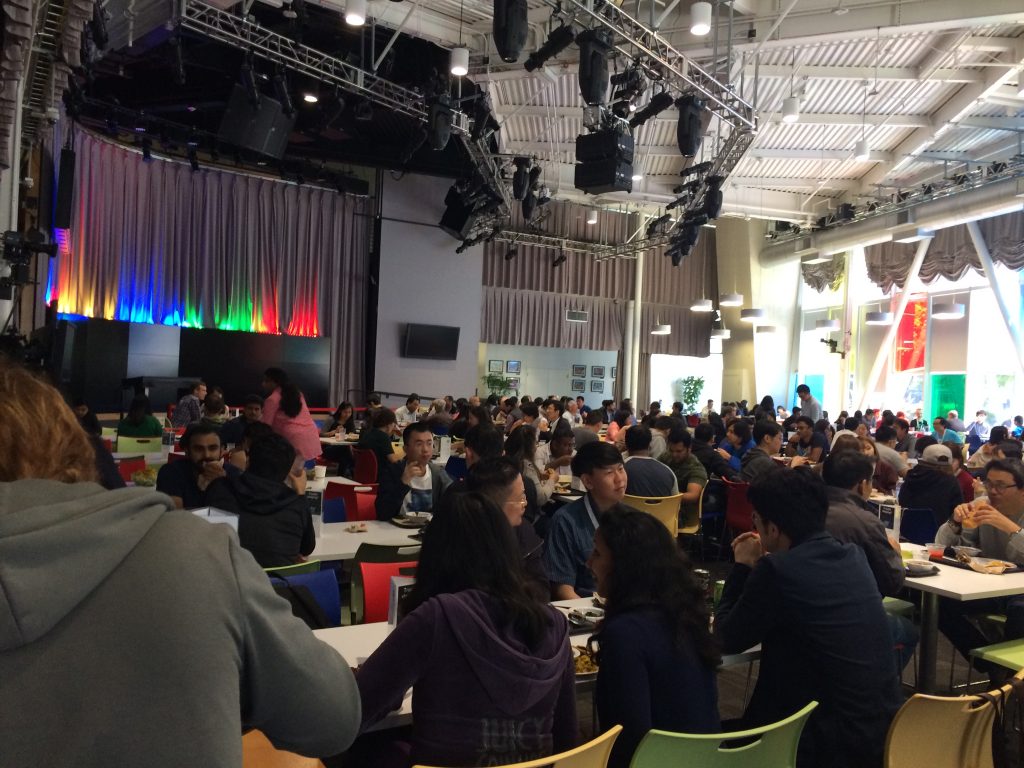
And just as legendary as the free food are the recreational activities that are sprinkled throughout the offices:

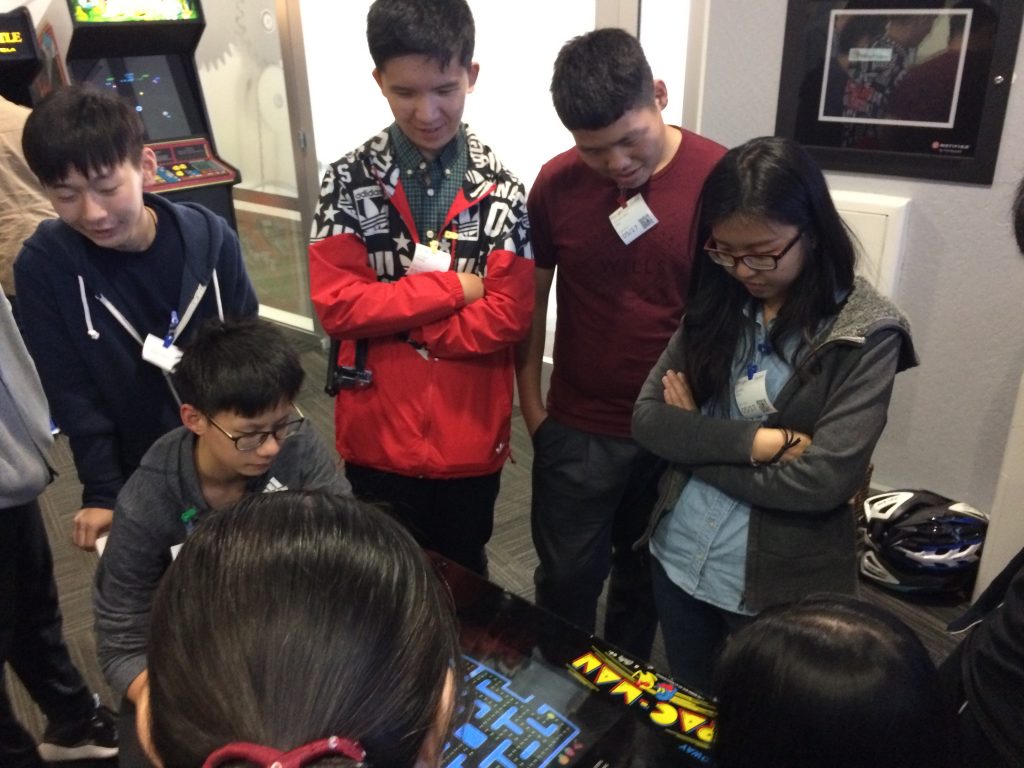
During the stop at the visitor’s center, the students saw a familiar face at the Wall of Meng – Mr. Tan Chade-Meng, Google’s own Jolly Good Fellow, is an alumni of Hwa Chong Institution who had delivered a talk to the students not that long ago:
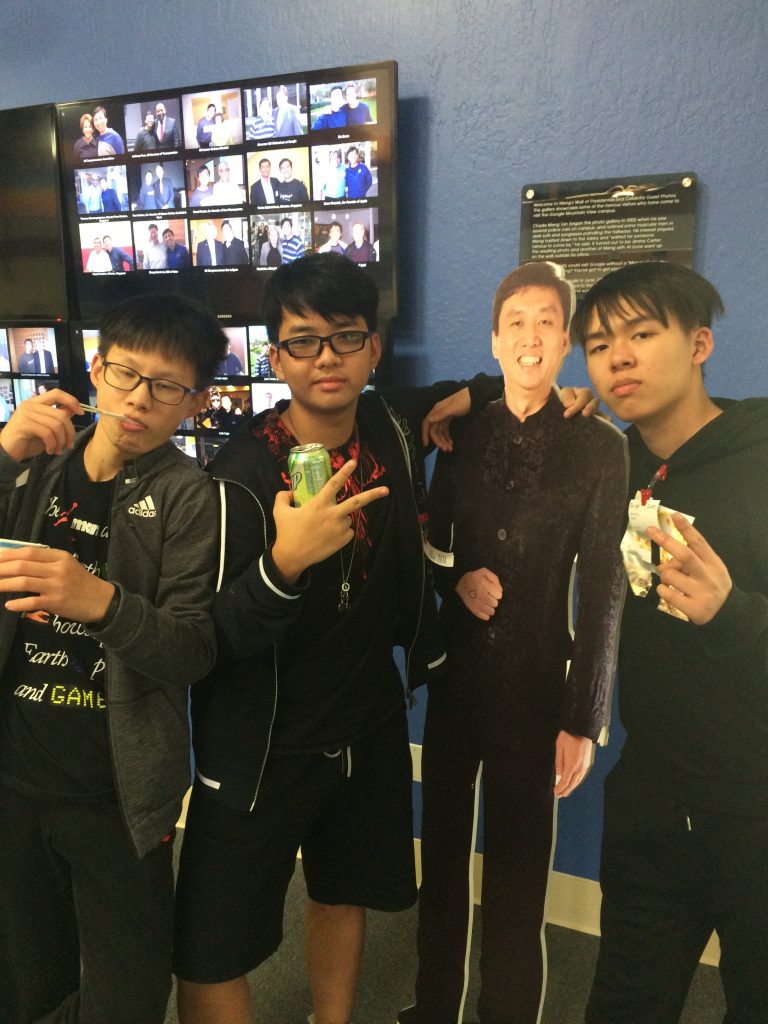
And just before we left, the obligatory group photo in front of the Google building to prove to everyone that we were indeed visiting Google and not just goofing off:
